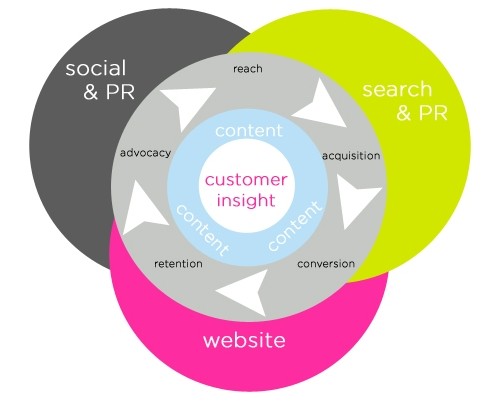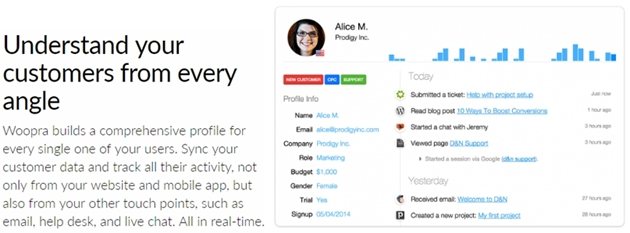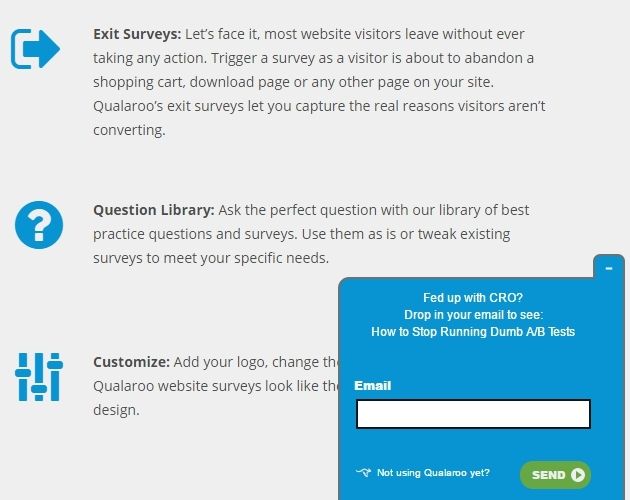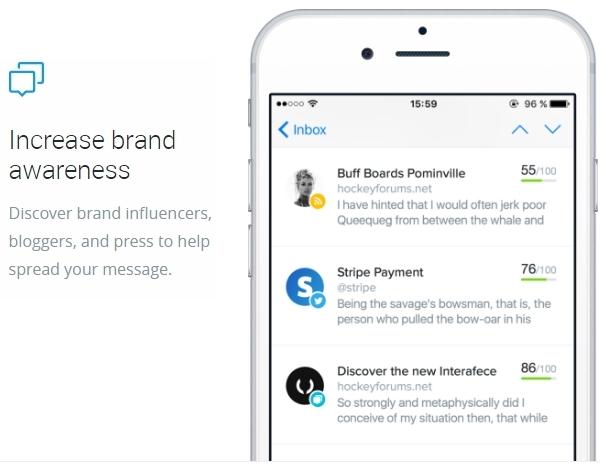How often do you look to your customers for a true understanding of their challenges? We collect huge amounts of data on them, but rarely use that data. In fact, only 0.5% of the data available to us is ever used or analyzed according to MIT Technology Review.
The potential insight that data can provide us is going to waste. As Bernard Marr, CEO of Advanced Performance Institute, puts it: "To succeed and grow, a business needs to be able to acquire, retain, satisfy and engage their customers effectively. Customer analytics are vital for assessing how well your business does this."
This notion also applies to your content marketing.
In this article, I'm going to outline what customer insight is and show you how to apply it to your content strategy; I'll also list some tools that will assist you in your efforts.
What Is Customer Insight?
To understand insight, we must understand the data that fuels it. Customer analytics data helps to understand the path your customers take, and insight is what we derive from the data. If, for example, selling something online is your goal, then you should know what your customers did before and after they reached the checkout.
Check out this diagram from Leapfrogg. It illustrates how customer insight applies to different stages of the marketing funnel:

You need to understand the pages your customers visited, the devices they use, and the channels that assisted the conversion. If you're in the SaaS or app business, you'll even learn how they're using your software.
The insight that customer analytics yields can have serious impact on your business. As Lars Fiedler, VP of Marketing Navigator at McKinsey, and his colleagues explain: "As our survey results show, extensive use of customer analytics has considerable impact on corporate performance. Companies that make extensive use of customer analytics are more likely to report outperforming their competitors on key performance metrics, whether profit, sales, sales growth, or return on investment."
Traditionally, customer analytics helps you understand where your customers are coming from, as well as shed light on how they engage with your products and its features.
But it can also guide your content marketing efforts.
Customer insight allows you to pay attention to your customers' activity and analyze their behaviors.
What content are they looking at? How are they engaging with that content? Which categories and forms of content are resonating best with individual segments?
Using Customer Analytics for Your Content Strategy
Content marketing works best when you focus on a specific audience and create content that helps solve their challenges. This makes customer segmentation a great place to start.
Segmentation can help you create content that your audience can see themselves in. Into the first two or three paragraphs, they should be thinking "yes, this is for me." From the data you've already collected, you should be able to create two or more user segments.
Let's say you're selling a SaaS platform that helps both SaaS and e-commerce businesses. You should you know not only which segments a customer belongs in but also what their behaviors are—including their interests and the challenges they're trying to overcome. It's also important to maintain an understanding of how these segments are changing.
Digging into the insight from your analytics is key, but you should also be talking to your customers. As Neil Patel puts it: "Ask them what they would like to see more of from your content, and what other problems they may have and are looking to have solved. You can secure this information via an email list that allows for feedback or blog posts that encourage comments and discussion."
You can then take the insights you gain and apply them to your segments, to help build or refine your buyer personas. Find out which topics each segment is most interested in and apply it to your customer personas. For example, you may find that your e-commerce customers engage with content around acquisition, while your SaaS audience is all about retention.
Knowing the topics your customers are most interested in will drive further research. It will also help you to understand what your content should look like.
Finally, customer insight gives you the ability to double-down on distribution. Knowing where your customers came from can direct your content promotion efforts with more certainty. You'll also see how many conversions those sources generated (at all stages of the funnel).
Now let's look at a few analytics tools that can make your job easier.
Three Tools
These tools will help you keep better track of your customers. They will also collect behavioral and qualitative information from them.
1. Woopra
The sheer number of users visiting your website, e-commerce store, or app is already a great source of customer insight. The question is, How do we tap into it?
Woopra is a customer intelligence tool that creates a profile for each of your users, based on the user's behavior on your website. It also collects data from other touch points—such as email, helpdesk, live chat, and your CRM.

You can also create dynamic segments based on customers' behavior. As the Woopra website notes: when behavior changes, segments are updated.
Those audience segments can help drive your future content efforts. You can double-down on the content that a segment of your audience is engaging with the most. You can focus on the topics you know will work and position the content in a way that answers their specific questions.
2. Qualaroo
Customer development is important. Although real-world conversations with your customers are invaluable, you need a scalable system to go with it. Which is where Qualaroo comes in.
Qualaroo is typically used to improve conversion rates and add context to analytics. But it can also be useful for content and topic research.

For example, you may want to understand your visitor's thoughts on a blog post on your website. Using Qualaroo, you c an place an unobtrusive survey asking whether they learned everything they needed. Depending on what they say, you can then ask a follow-up question for more information—e.g., "What do you think is missing in this article?"
This approach gives you qualitative customer insight straight from the very mouth of your customers.
3. Mention
So far, everything we've covered derives insight from your owned properties. What about what your audience—and the market—is saying elsewhere?
To track social platforms, communities, and other channels, we use Mention. Add the keywords, brand names, or topics you want to watch. Mention then brings together all "mentions" of those terms.

This information is useful because you can then segment conversations by source. For example, if you find there's too much about a topic on Twitter, making research difficult, you can filter by forums or blogs, to cut down the noise and more easily focus on the conversations most valuable to you.
Find out trends and monitor questions audiences asking outside your owned properties. Use that information to your advantage by creating content that meets the needs of those audiences.
* * *
The insight from your customers is invaluable. It will help you reach your business and growth goals. It can also increase the effectiveness of your content marketing.
How are you using customer data in your business? What are your experiences applying this sort of insight?




